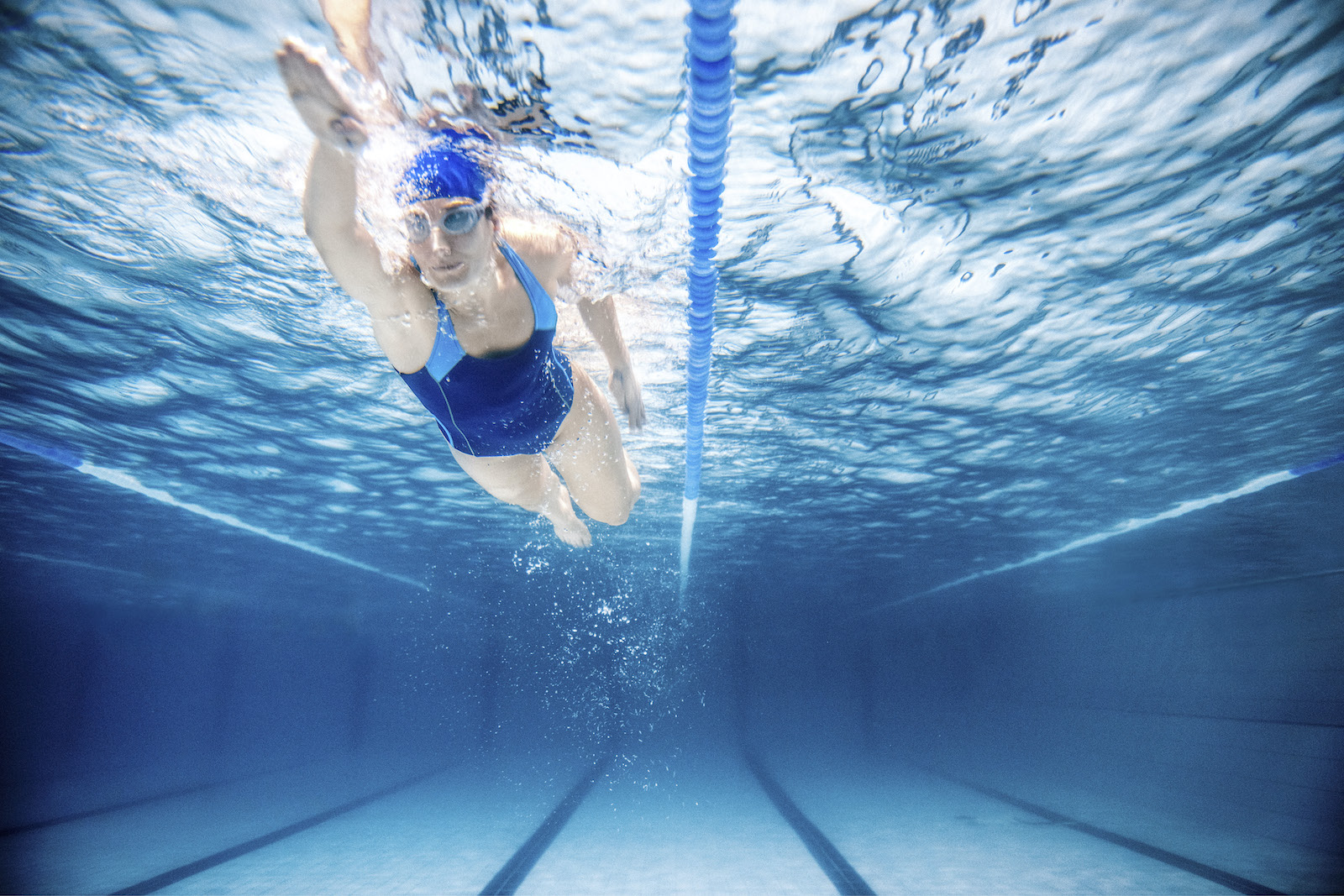Simple tricks to help triathletes improve their swim skills
Know what you need to improve in your swim but struggling to do it? Andrew Sheaff shares the simple tricks that will help you make the changes you need

Many triathletes know what they need to work on to improve their skills. However, they’re not effective at creating change.
I’m going to describe several change strategies that are really effective in assisting the process of creating the change that you want.
Your body is lying to you
The biggest challenge in creating change is that there is a massive disconnect between how you feel you’re moving and how you’re actually moving. Your body prefers to move in exactly the same way it has always been moving.
Whenever you create change, your body isn’t going to like it and it’s going to create all sorts of ‘alarms’ that make movement feel really weird. As a result, most triathletes will get freaked out by what their body is telling them and go back to their comfortable, yet ineffective skills. Ignore these alarms!
What you want to do vs. what you have to do
There’s a difference between what’s happening versus what you need to do to make it happen. Let’s say you pull your head to the right every time you breathe. It would make sense to try to ‘keep it straight’ when you breathe.
However, if you actually want to keep straight, you’re going to need to try to pull your head to the left to actually get it to stay straight. The problem is that what you want to happen and what you have to do to make it happen aren’t the same thing.
You need to over-correct

Whatever you think you need to do, you need to triple or quadruple the magnitude of the change. If you think you need to move your arm over six inches, you need to try to move it two feet. If you need to lower your head by three inches, make it feel like you’ve lowered in 12 inches.
Make it feel like you’ve over-corrected the skill to the point where it’s wrong and you’re much more likely to make the change you’re trying to make.
Make it feel wrong
If it feels right, you’re doing it wrong. If it feels wrong, you’re doing it right. When making a change, it’s not an adjustment, it’s an overhaul. As a result, instead of trying to make your new skill feel ‘good’, you need to try to make it feel wrong.
Preferably, you want to make it feel really wrong. Remember that your body over-exaggerates the sensation of change. It’s better to go too far than not far enough.
Calibrate
When using any of these strategies, don’t just trust what you’re feeling. Confirm what you’re feeling. Get your coach, a friend, or a video camera to confirm what you’re feeling. This will give you the confidence that you’re making the change you want, regardless of what your body is telling you.
You’ll learn to trust what you’re feeling and you’ll learn to associate these new and foreign sensations with faster swimming.
Considering so many triathletes struggle with their body position, put these ideas to work when using a drill like the Elevator Swim. The drill helps force you to over-correct and make it feel wrong. Use this exercise to discover the impact of these tricks and how effective they can be.
Top image credit: Jason Edwards/Getty Images




